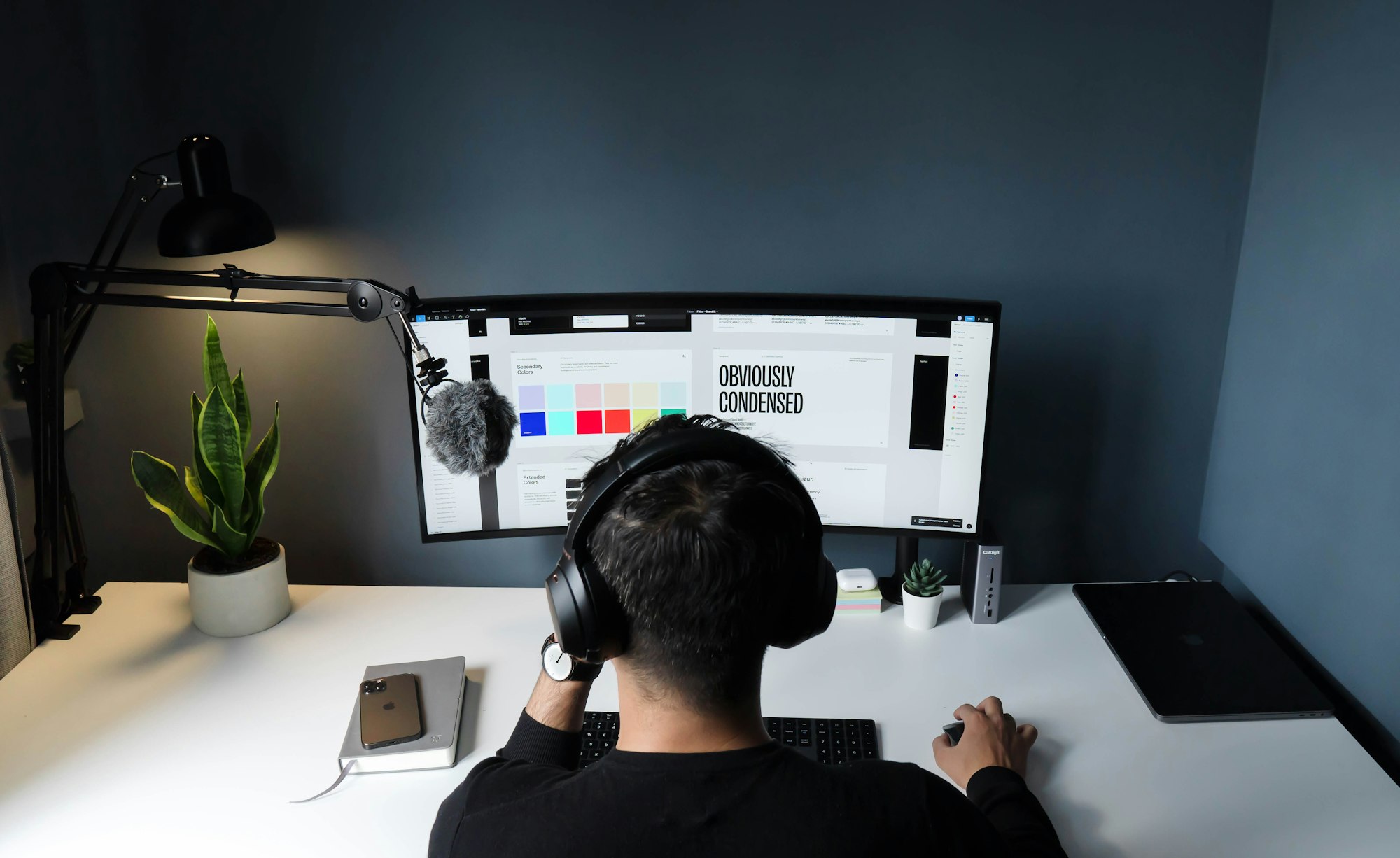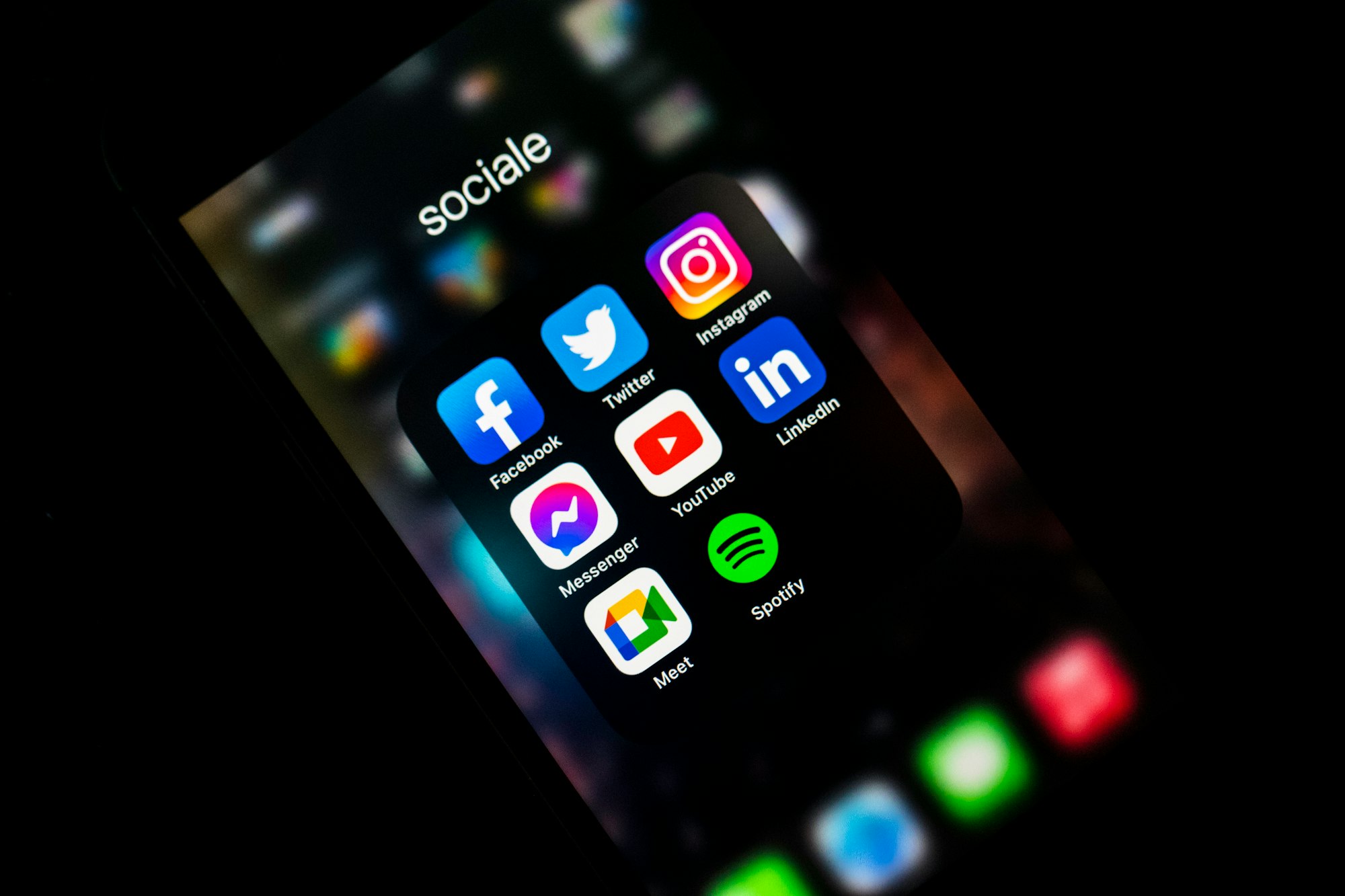Web design freelancing: What to know and how to get started

Interested in working as a freelance web designer? Before beginning your freelance web design career, you should be aware of the following four things.
Businesses that decide to remain offline in today's internet-driven economy do so at their own risk.
A sample of slightly more than 1,000 small businesses in the US found that 27% of them still didn't have a website as of 2022, despite the fact that a company's digital identity has a significant impact on its performance.
An appealing website and a strong online presence help to establish a recognizable brand identity that promotes sales. However, business owners who lack the technical know-how to create and manage a website might be hesitant to expand their operations online.
Web designers have plenty of employment options as a result. To help newcomers get started, this guide will cover everything there is to know about freelancing for web design.

Who is a freelance web designer?
Let's start with the fundamentals to comprehend this.
Making websites and pages that reflect a brand's or business's identity and give the viewer a platform to learn about their goods and services is known as web design. To create a website that is both functional and aesthetically pleasing, aesthetics and functionality must be combined.
A freelancer is a person who works for multiple employers but is unrestricted in their ability to accept short-term contractual projects. Freelancers pick their jobs and frequently determine their own pay rates.

Why work for yourself as a web designer?
In 2022, more than 70 million people started doing freelance work. By 2028, this number is projected to increase by an additional 20 million.
But why do so many people choose to work for themselves? Isn't it dangerous to not know where you'll get paid next? Certain times, yes. We'll let you decide if the advantages outweigh the drawbacks, though. The following three factors make freelancing appealing:
Flexibility and freedom are made possible
With their clients, freelancers frequently negotiate deadlines. Once a project has started, it is your responsibility to finish it and submit your deliverables on schedule. As a result, independent contractors are free to select their working hours and location. While managing a few projects, you could visit new places and work in different time zones. If you have a laptop and a stable internet connection, the entire world is your office.
It enables you to work for yourself
If you can maintain your discipline and adhere to your deadlines, you'll enjoy working as a freelancer. You won't have to attend numerous meetings, report to managers, or be concerned about performance reviews because freelancers aren't company employees. Nevertheless, you still need to fulfill your customers' expectations. Remember that when you are your own boss, you are solely responsible for your successes and failures.
It enables you to advance and earn more money
Your earning potential and client opportunities are constantly expanding due to the rapid pace of technological advancements and the popularity of freelancing websites like Fiverr and Upwork. To earn money in currencies with higher exchange rates, freelancers can locate clients anywhere in the world.
You are not limited to a single project or skill as a freelancer. According to a Fiverr study, 61% of freelancers include 2-3 skills in their pitch, and 70% of them manage 2-4 projects at once. An expert in Photoshop, for instance, can provide clients with both website development and the corresponding graphic design services. By producing graphics for the website you're building, you can make the process more efficient and have businesses sign fewer invoices.

How to become a freelance web designer in 4 easy steps
We have some advice for you if you're prepared to quit your office job and work on projects you're passionate about. Before beginning your freelance career, you should do the following four things:
1. Develop your abilities
Even though some professions demand degrees, freelance web designers are frequently chosen for their skills, experience, and portfolio rather than their educational background.
You need the necessary skills if you want to start a freelance web design business. While you don't have to be an expert in HTML, CSS, or JavaScript to understand the fundamentals of back end development, it does help to be familiar with them. This manual is a helpful place to start.
Learn about color theory, graphic design, design principles, and web typography to hone your design skills. Figma is a fantastic tool for all levels of designers, from novice to expert.
Work with clients from various industries to expand your experience. Additionally, this will increase your exposure to new jobs and show your versatility.

2. Do some field research
After you've developed your skills, look around the market. Costs, rates, resources, and clients are a few important factors to take into account. Before you set your rates, research what other freelancers with comparable training and experience charge for their work.
How much does it cost you to serve a customer? Do you require specialized software purchases? How long will the project take to complete? Do you possess the tools necessary to produce high-quality work on time?
Your prices will be more accurate if you account for these extra expenses. Additionally, as your business expands, you can modify hourly or project-based rates based on your knowledge and experience. You might even be able to negotiate lucrative contracts with major corporations, depending on the scope of the project.

3. Set up a website for your portfolio
The next step is to create an online portfolio once you've decided on your pricing. This is the most crucial method of self-promotion for independent web designers. Your website must be top-notch because you are asking clients to pay you to design their websites.
4. Get your work known
To draw in your first customers, market yourself on various platforms, particularly social media. Having prior projects in your portfolio is essential because making a good first impression is crucial. If customers don't know what to expect, they won't want to buy your work.
Make an account to display your unique web design work on platforms like Behance, and Dribbble. All of your projects should have tags and appealing cover images. Making sure your cover image stands out will help potential clients find your work in a crowded market. Clients scroll past cover images first, so make sure yours do too. Look at the designs of other designers to see where you can add something fresh.
Before creating accounts on freelancing websites, think about working as a freelance designer for local charities or accepting projects for friends and family at a reduced rate. These assignments will bolster your portfolio and highlight your abilities.
Create social media accounts on LinkedIn and Instagram so that you can post screenshots of your designs there. These websites help you build your personal brand and are effective marketing tools for independent contractors. Use the same logo, color scheme, and fonts across all of your brand profiles to make them unified and recognisable. Try purchasing ads if you have the money to promote your portfolio and broaden your audience. Your chances of finding new clients increase as more people become aware of you and your work.

What are the earnings of freelance web designers?
The average annual salary for independent web designers in the US in 2021 was around $78,300, or $37.65 per hour, according to the US Bureau of Labor Statistics (BLS). Web design jobs are expected to increase by 23% by 2031, making it a profession that is in high demand.
Your experience, the industries you serve, and the complexity of your clients' designs will all affect how much money you make as a freelancer. Pay can also vary depending on whether you bill for web design services on an hourly or project basis.
Hourly rates guarantee that you are paid for the work you do. You are paid extra time if you work longer than the number of hours quoted. However, because you are only able to charge by the hour, finishing projects more quickly results in lower pay.
Project-based rates are preferred by more seasoned freelancers because they typically pay more per hour. You're looking at $100 an hour if a $500 project takes you five hours to complete. In particular, if you're less experienced, clients may not be willing to pay that rate when you pitch them by-the-hour work. However, if a project proves to be more challenging than anticipated, your extra hours may result in a significant pay cut.
Keep in mind that since freelancing isn't always reliable, your income may fluctuate along with the number of projects you're working on.

